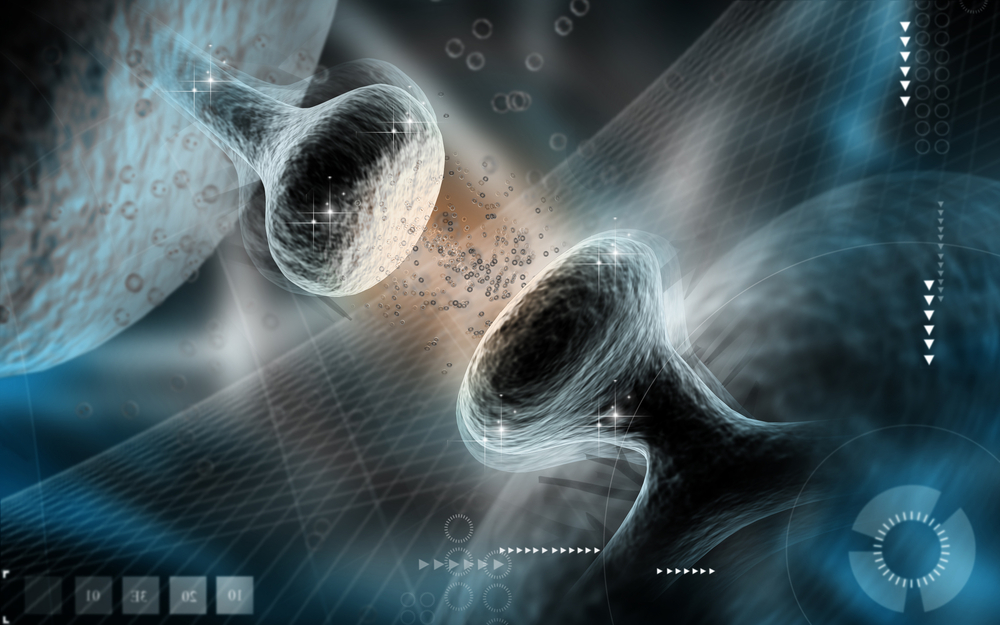NMDA Receptor Mislocalization Promotes Neuronal Death in Neurodegenerative Diseases
Written by |

In a new study entitled “BDNF Reduces Toxic Extrasynaptic NMDA Receptor Signaling via Synaptic NMDA Receptors and Nuclear Calcium-induced Transcription of inhba/Activin A” a team of scientists at Heidelberg University discovered a mechanism that protects neurons from death after brain damage, such as a stroke. The team highlights that the newly discovered mechanism may be compromised in neurodegenerative diseases, such as Huntington’s disease and Alzheimer’s disease. The study was published in the journal Cell Reports.
Death of nerve cells, due to aging or as a result of a stroke or neurodegenerative diseases, such as Alzheimer’s disease is a cause for memory impairment. The brain has mechanisms to counteract the death of neurons. One such mechanism is regulated by the NMDA receptor (short for N-methyl-D-aspartate receptor), found in nerve cells. The receptor, once bound to neurotransmitters, induces calcium to enter cells. Once inside the cell, calcium ions reach the cell nucleus and activate a protective program.
How this mechanism activates the protective genetic program, however, was unknown, as Prof. Dr. Hilmar Bading, Heidelberg University’s Interdisciplinary Center for Neurosciences noted, “We already knew that brain activity promotes neuroprotection. Now we have discovered a central mechanism for this process and a key molecule produced by the body to develop a neuroprotective shield.”
These novel findings revealed how this mechanism occurs and showed the NMDA receptor to be a key player. In healthy conditions the NMDA receptor sits at the synapse (i.e., a structure that allows a neuron to pass an electrical or chemical signal to another neuron) and allows the influx of calcium. This is regulated by an upstream factor – brain-derived neurotrophic factor (BDNF) – a multifunctional growth factor that initiates the synaptic NMDA-receptor/nuclear-calcium influx, culminating in the expression of inhba/activin A.
The team showed that Activin A reduces the chances for NMDA receptor mislocalization, i.e., by decreasing the extrasynaptic NMDA receptor signalling. When NMDA is not placed at its correct location they no longer induce neuronal protection, becoming toxic and leading to nerve cells’ death.
The authors highlight the potential clinical significance of these findings by showing that activin A, in mice, was capable of reducing brain damage after a stroke, as Prof. Bading noted, “Our research results also indicate that activin A may possibly be used to treat Alzheimer’s disease or Huntington’s disease. The characteristic degeneration of nerve cells associated with these two diseases seems to be due to an increased activity of toxic extrasynaptic NMDA receptors. In everyday terms the new findings mean: An active brain produces activin A thereby protecting itself from neurodegeneration.”





